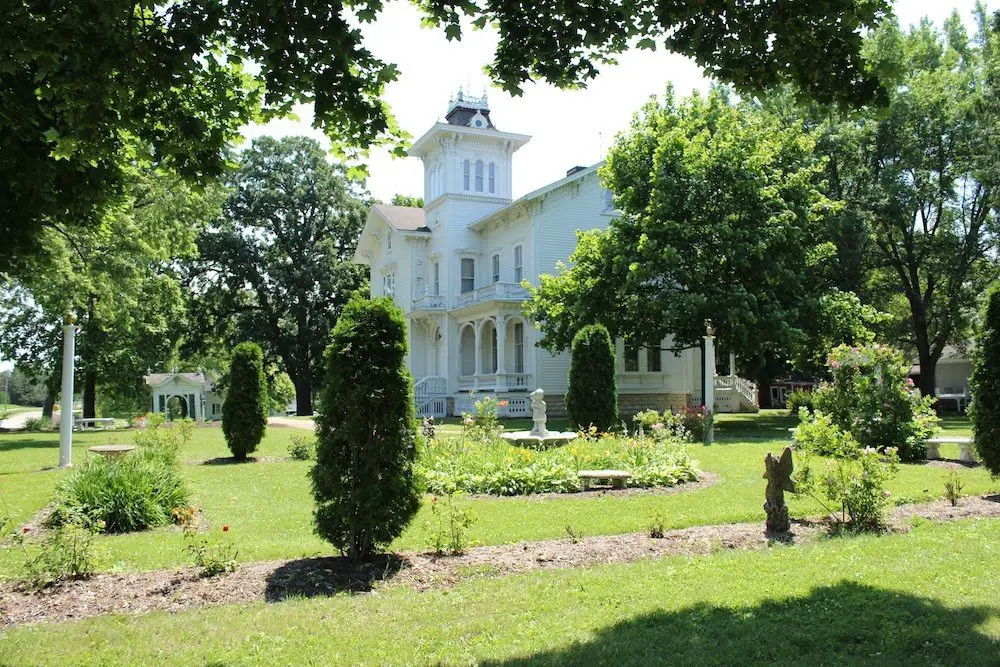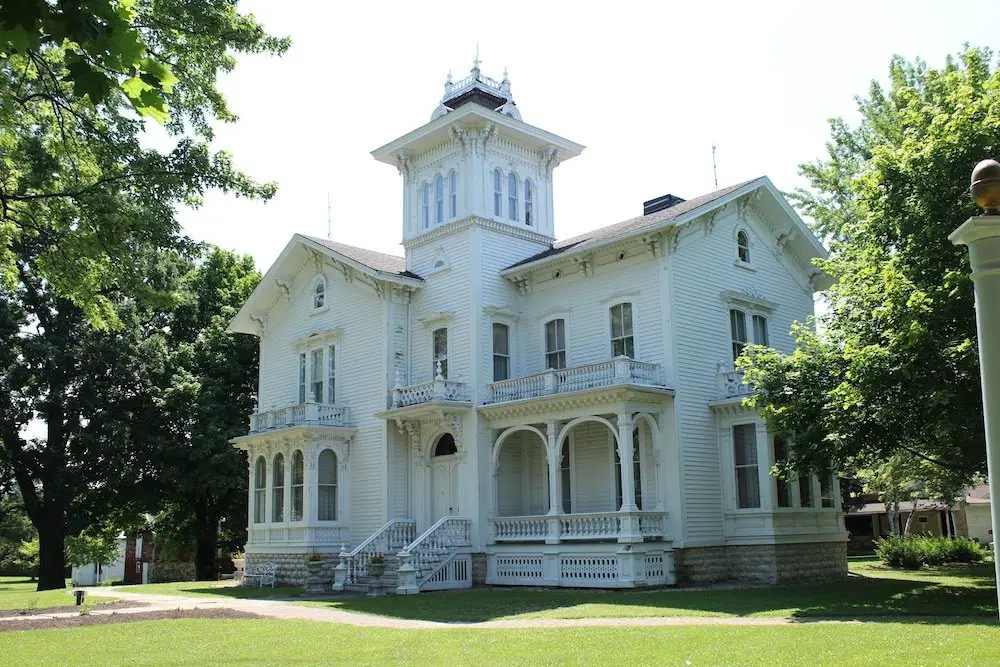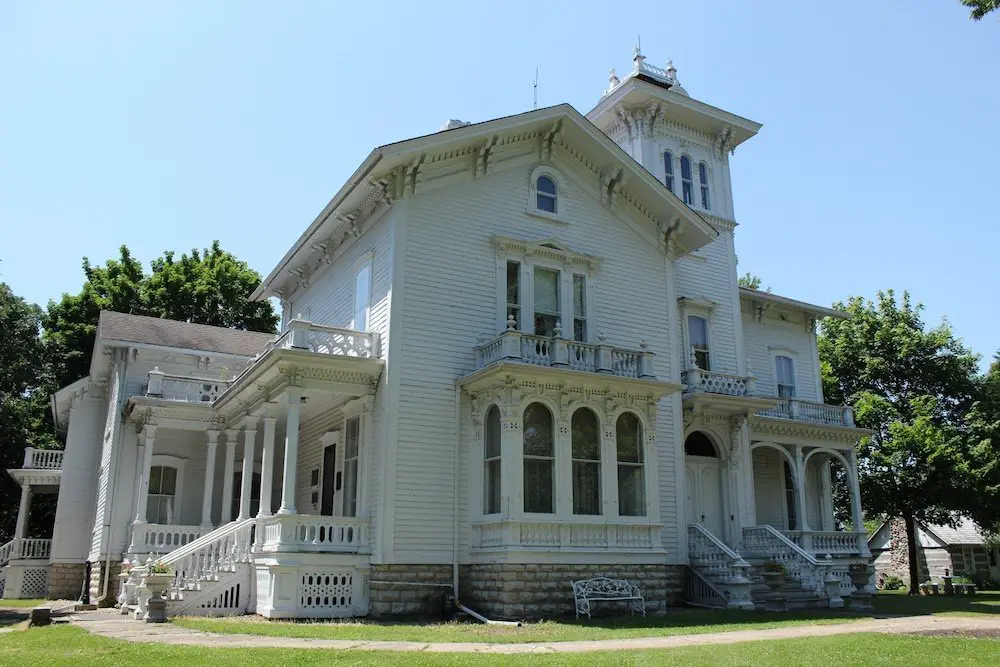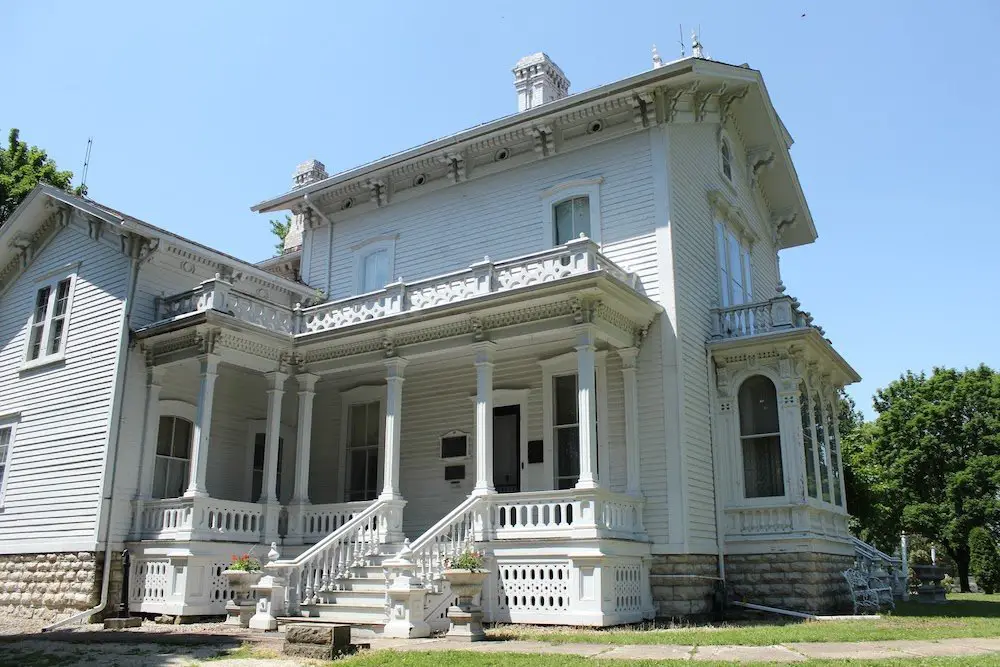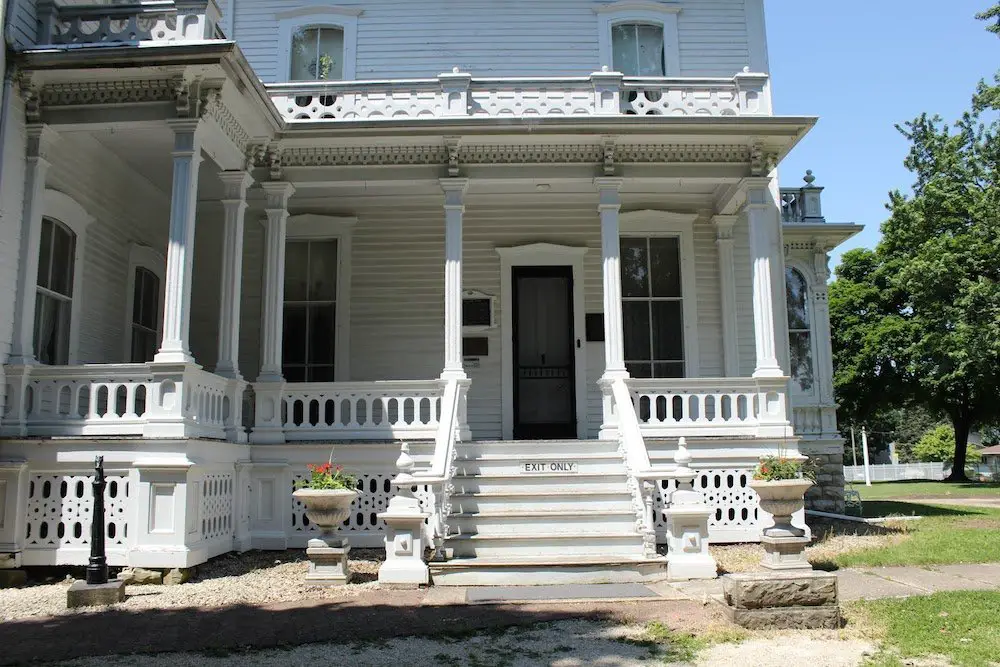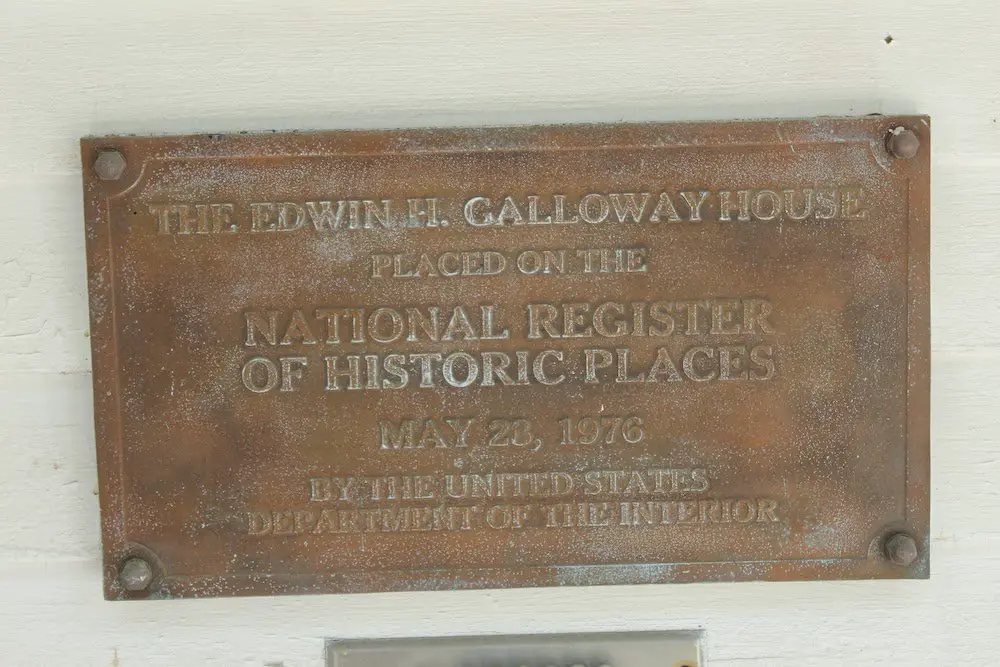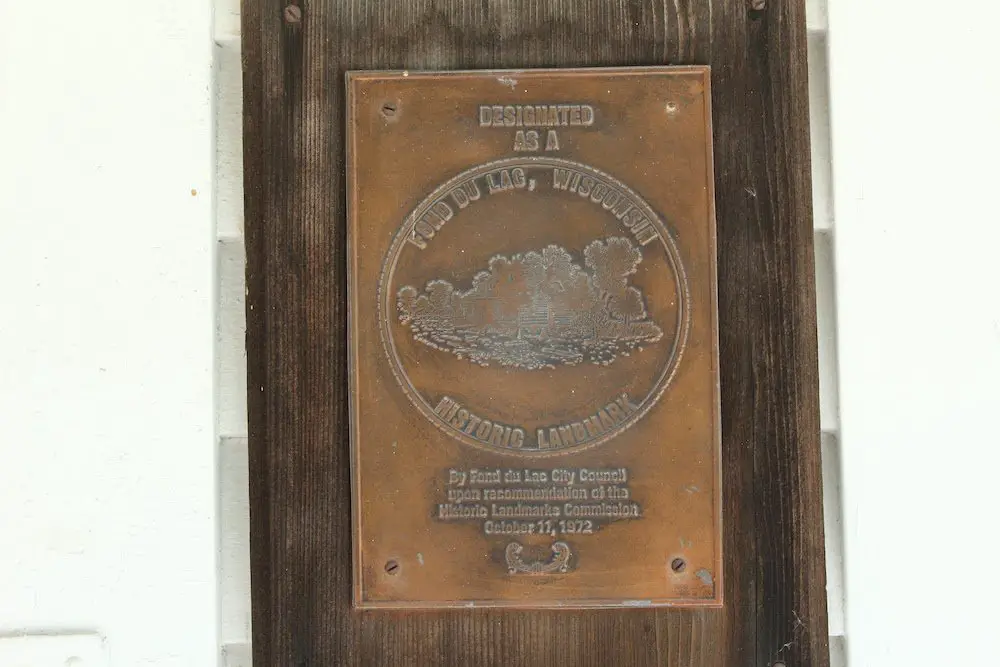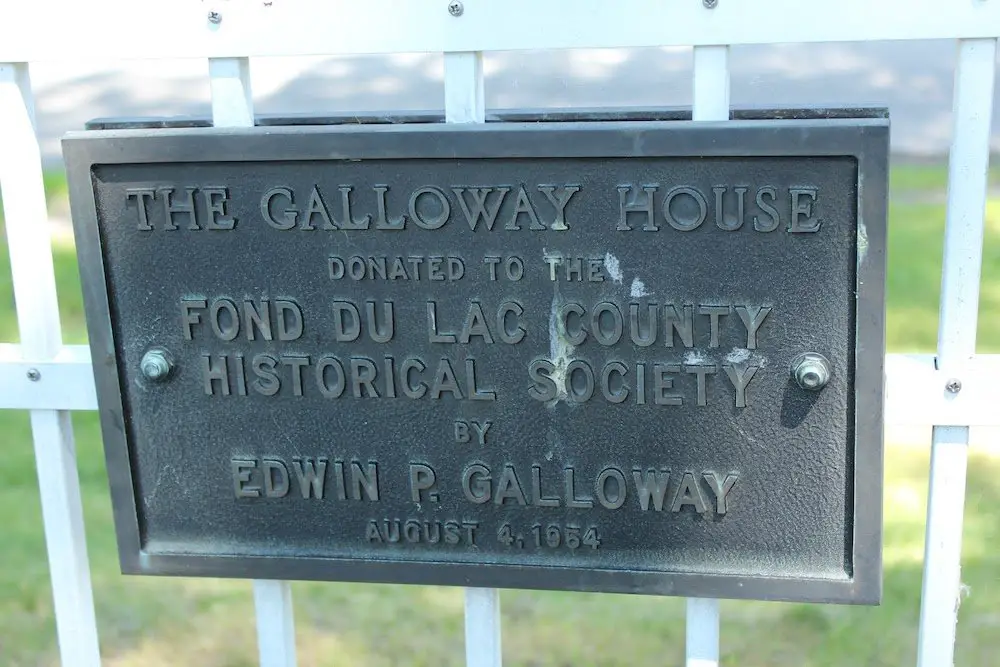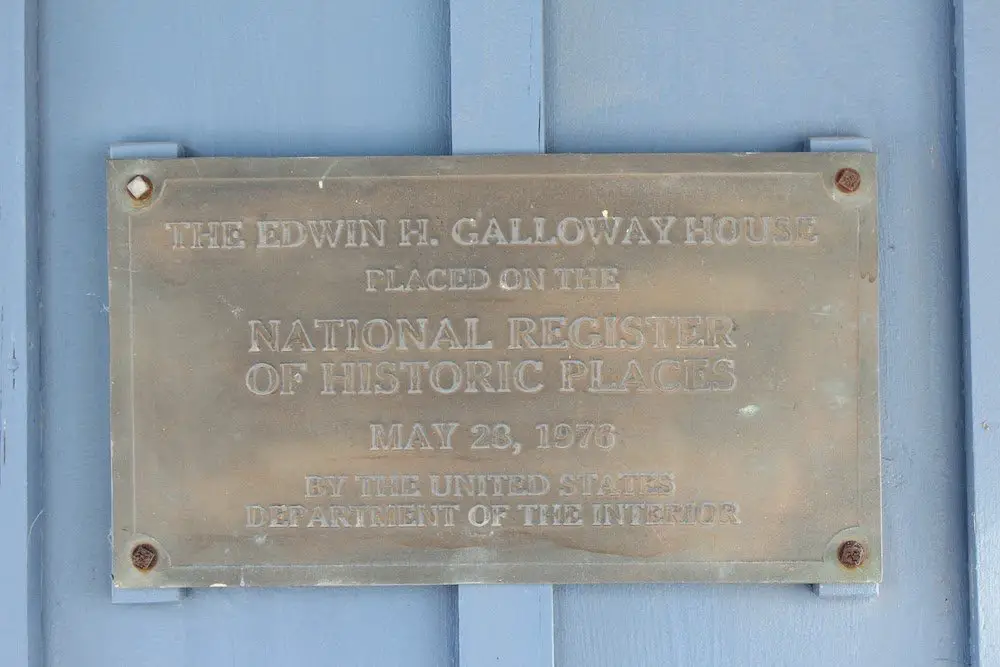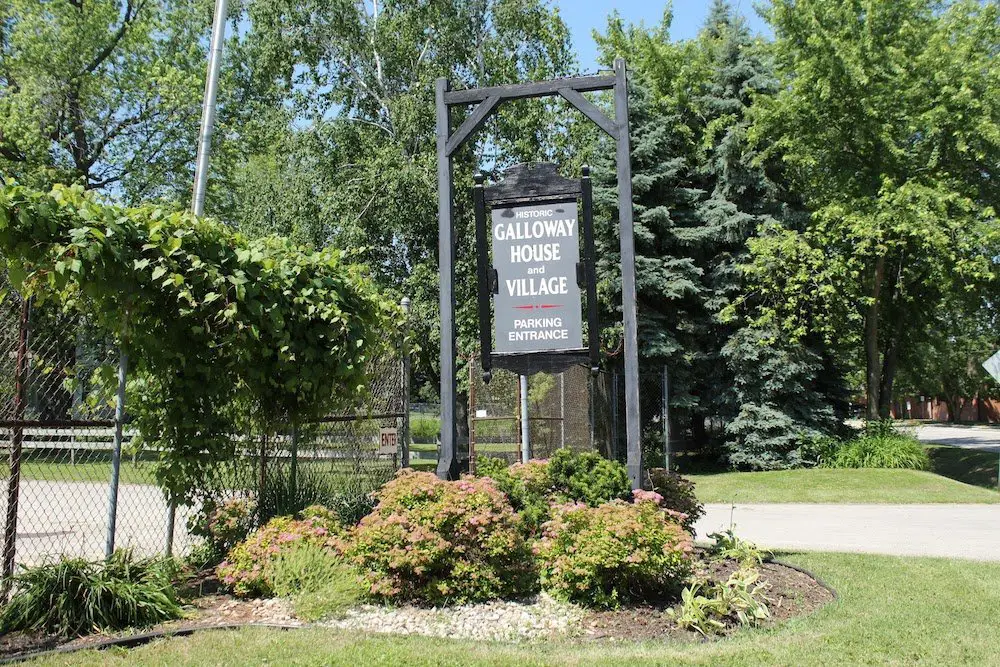A timeless emblem of Midwestern grandeur, the Galloway House in Fond du Lac, Wisconsin, stands as one of the state’s most significant examples of Italianate architecture. Originally a modest farmhouse, the property was purchased in 1868 by Edwin H. Galloway from Selim Newton. What began as a simple rural dwelling—comprising what is now the kitchen and summer kitchen—was soon transformed into a stunning Italianate villa that beautifully blends Victorian elegance with pastoral charm.
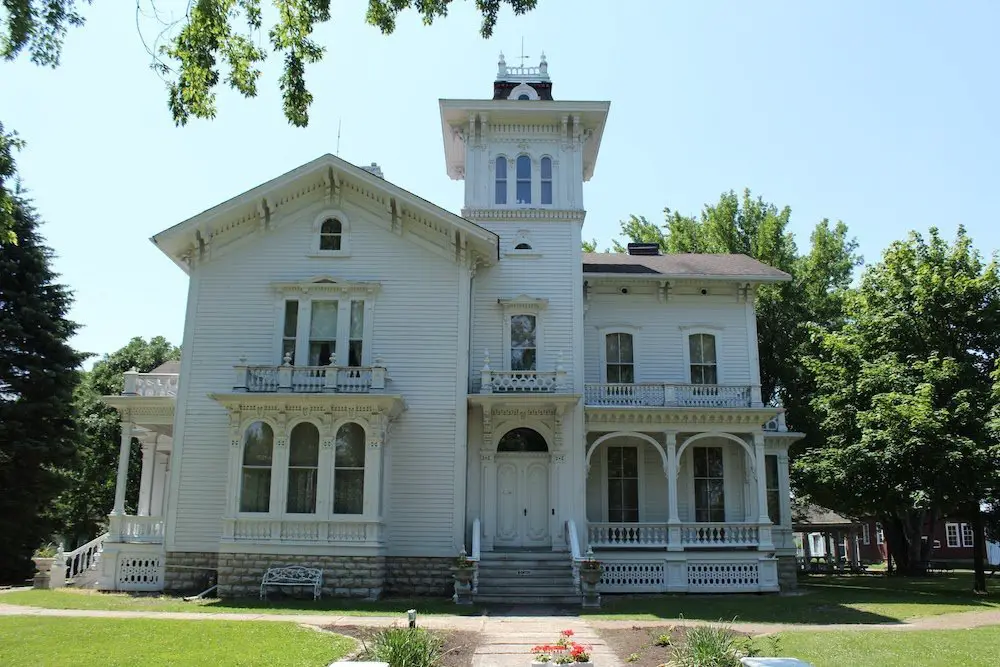
From Farmhouse to Italianate Villa
After acquiring the property, Edwin H. Galloway envisioned turning the humble home into a stately residence reflecting the architectural fashions of his time. His plans came to life when his son, Edwin A. Galloway, completed the transformation in 1880. Together, their work created a two-story Italianate mansion crowned with a distinctive three-story villa-style tower, characterized by its wide eaves, ornate frieze, and supporting consoles.
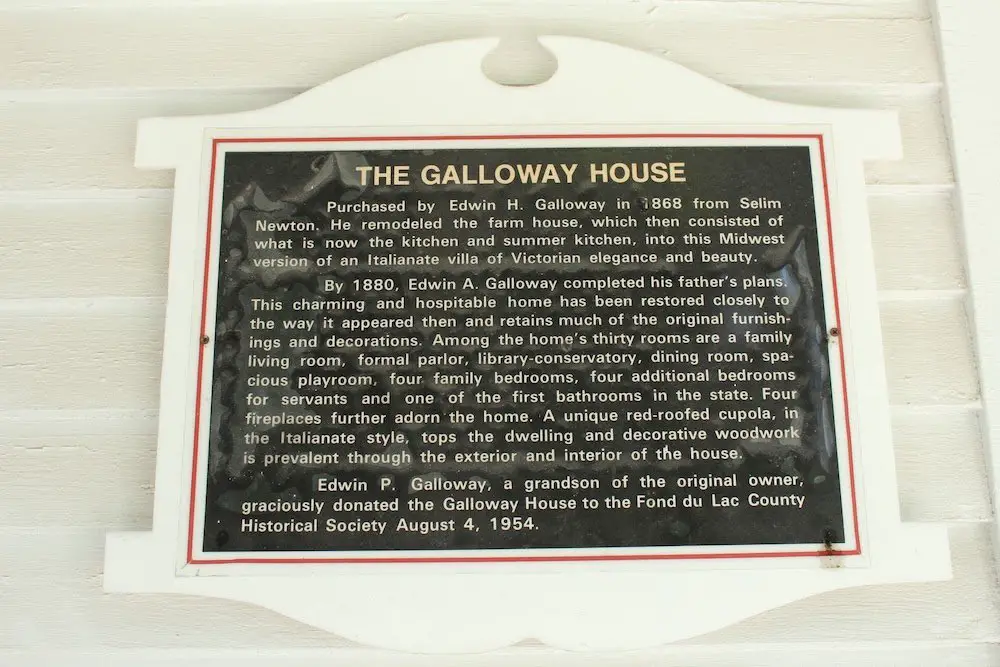
Architectural Elegance and Detail
The Galloway House exemplifies the finest traits of the Italianate style.
- Exterior Details: Each window and doorway is framed by decorative hoods or arched cornices, while the grand bay showcases corbels, dentils, and pilasters that demonstrate master craftsmanship. The main entrance features double wooden doors with a round-arched transom, framed by pilasters and topped with a detailed frieze and bracketed hood.
- Distinctive Tower and Dome: The home’s red-roofed dome and Italian-style tower dominate the skyline, adding both symmetry and dramatic flair.
- Porches and Gazebo: The elegant porch features medallions, arched openings, and square posts, complemented by an exquisitely crafted gazebo on the grounds.
Interior Grandeur
Inside, the home reveals thirty rooms filled with original furnishings and decorations restored to their 19th-century splendor. Key spaces include:
- A formal parlor and library-conservatory for entertaining and study
- A spacious family living room and dining hall for gatherings
- A playroom that reflects the home’s welcoming, family-centered design
- Four family bedrooms and four servants’ rooms, offering a glimpse into Gilded Age domestic life
- One of the first bathrooms in Wisconsin, underscoring the Galloways’ wealth and forward-thinking comfort
- Four fireplaces, each distinct in style, adorning different rooms of the house
Decorative woodwork abounds throughout, from the intricate staircases and wainscoting to finely carved mantels and door frames.
Historical Legacy and Preservation
Beyond its architectural brilliance, the Galloway House represents the history of a family that shaped the region’s growth. Edwin H. Galloway, a prominent businessman and politician, contributed significantly to the economic and civic development of Fond du Lac County. His descendants maintained the home for generations, preserving its legacy.
In 1954, Edwin P. Galloway, grandson of the original owner, donated the property to the Fond du Lac County Historical Society, ensuring its preservation for future generations. The Historical Society transformed the estate into the Galloway House and Village Museum, a living history site where visitors can step back into the Victorian era.
The Victorian Village
Surrounding the mansion, the museum grounds now include twenty historic buildings relocated to the site, forming a recreated “Victorian Village.” Each structure is interpreted to represent 19th-century life, complementing the grandeur of the main house. Together, the complex offers an immersive educational experience celebrating Wisconsin’s cultural and architectural heritage.
Recognition and Significance
The Galloway House is listed on the National Register of Historic Places for its architectural distinction and historical importance. It remains Fond du Lac’s finest example of Italianate design, distinguished by its elaborate details and perfectly preserved tower.
Through careful restoration and stewardship, the Galloway House continues to embody the elegance of the Victorian age and the enduring legacy of the Galloway family—a beacon of art, architecture, and history in Wisconsin’s heartland.
